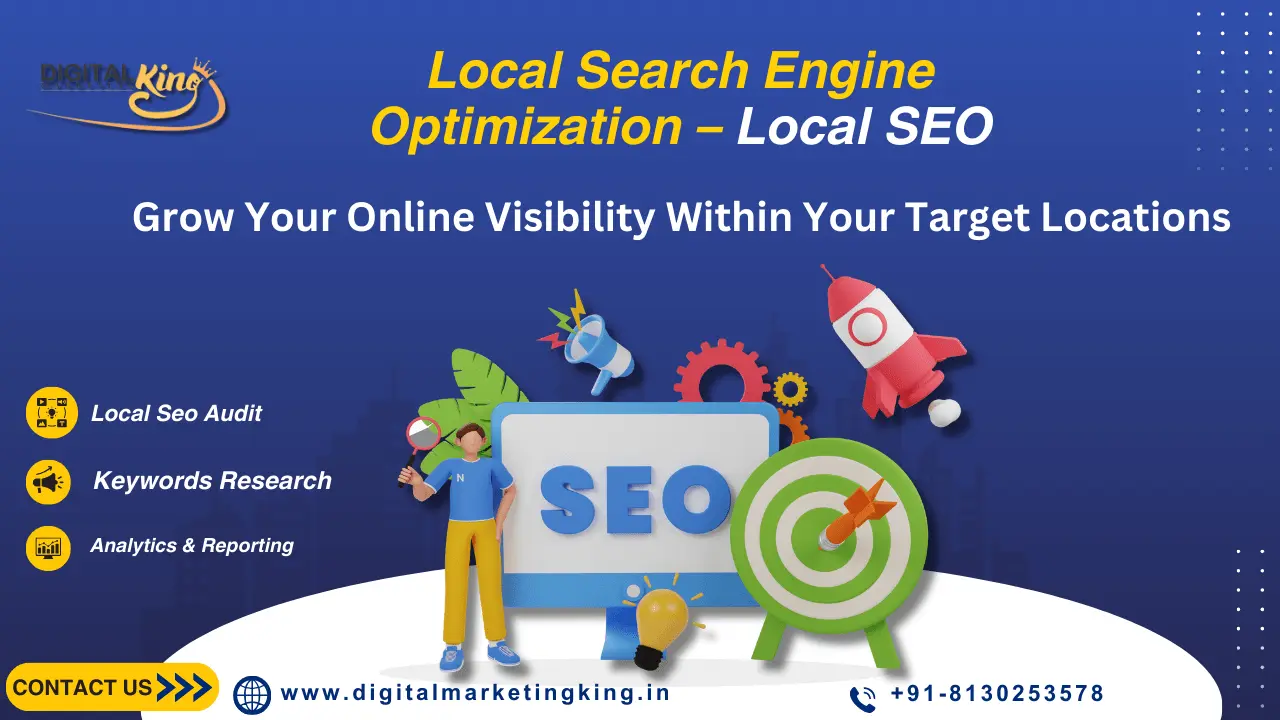Drive more leads with the perfect digital marketing agency for your needs
Drive more leads with the perfect digital marketing agency for your needs
Blog Article
Just How Reliable Website Design Can Improve Your Search Engine Optimization Approach and Improve Individual Experience
The crossway of reliable internet layout and search engine optimization is a vital location for any type of organization seeking to improve its on the internet existence. An user-friendly style not just raises individual experience however likewise dramatically affects search engine optimization efficiency by lowering bounce prices and enhancing interaction metrics. Aspects such as mobile responsiveness, site structure, and clear navigation play critical functions in this dynamic. Understanding how these elements incorporate can disclose methods that might transform your approach to electronic advertising and marketing, bring about end results that are both impactful and measurable. What specific layout techniques can produce the most effective results?
Value of Web Layout for Search Engine Optimization
Effective internet style is frequently undervalued in its effect on seo (SEO) A well-structured internet site not only improves individual experience yet additionally plays a vital role in how search engines rank pages. Online search engine like Google favor internet sites that display clear navigating, fast packing times, and mobile responsiveness. These factors add to decrease bounce rates and higher customer engagement, which are essential metrics for SEO success.
Furthermore, web style components such as clean code, optimized pictures, and appropriate usage of HTML tags considerably influence a website's crawlability. Online search engine rely upon structured data to comprehend web site web content and context, making it essential for web designers to implement best practices. Furthermore, the combination of search engine optimization techniques within the layout stage, such as consisting of key words in titles, meta descriptions, and alt text for pictures, can improve exposure in search engine result.
Inevitably, focusing on reliable website design not just makes certain a smooth individual experience however likewise establishes a solid foundation for SEO efforts, leading to enhanced organic traffic and boosted positions. Therefore, companies must recognize the innate link between website design and search engine optimization to accomplish online success.
Key Layout Aspects for User Experience
Customer experience (UX) offers as a cornerstone for effective website design, influencing how visitors engage with a site and perceive its worth. To enhance UX, numerous essential design elements need to be prioritized.
To start with, user-friendly navigating is crucial; a well-structured menu and clear paths allow customers to find details quickly, lowering irritation. Visual pecking order plays a vital role, assisting users' focus to essential aspects via positioning, dimension, and color. This promotes quicker decision-making and improves overall interaction.
Additionally, a regular layout theme enhances familiarity and count on, as individuals really feel much more comfortable navigating a site that visually lines up throughout its pages. Efficient use white room additionally can not be neglected; it avoids clutter, enabling essential material to stick out and making the website a lot more digestible.
Moreover, top quality pictures and graphics are important, as they not only capture attention yet additionally share professionalism and reliability. Fast lots times are non-negotiable; hold-ups can lead to higher bounce prices and reduced individual fulfillment. By concentrating on these key layout components, services can substantially improve their user experience, promoting favorable interactions that encourage return gos to and conversions.
Mobile Responsiveness and Search Engine Optimization Influence
As internet style increasingly focuses on individual experience, the significance of mobile responsiveness can not be overemphasized. With a significant section of internet traffic stemming from mobile tools, a receptive design ensures that websites are functional and accessible throughout various display sizes. This flexibility not only boosts individual complete satisfaction but likewise plays a vital duty in search engine optimization (SEARCH ENGINE OPTIMIZATION)

Integrating mobile responsiveness right into internet layout also fosters improved loading times, which is a crucial consider both user experience and SEO rankings. Slow-loading pages prevent individuals, causing higher abandonment rates and negatively impacting search exposure. Inevitably, focusing on mobile responsiveness not only enhances user engagement yet additionally reinforces a web site's search engine optimization method, creating an extra competitive on-line presence.
Site Framework and Navigating Ideal Practices
An efficient website framework and instinctive navigation are necessary elements of successful internet layout. They not just enhance user experience yet additionally play a critical duty in seo (SEO) A clear power structure permits users and search engines to recognize the connections between different pages, boosting the general usability of the website.
To achieve optimum site framework, carry out a logical power structure that categorizes content right into main subjects and subtopics. Use keyword-rich and descriptive Links, as they supply context and improve search exposure. Additionally, make certain that essential web pages are easily available within three clicks from the homepage. This minimizes bounce rates and keeps customers engaged.

Gauging the Success of Web Design
Measuring the success of web design involves examining different metrics that mirror customer engagement and overall site performance. Key performance indicators (KPIs) such as bounce rate, average session duration, and pages per session provide insight into how individuals engage with the website. A high bounce price might show that customers are not locating the web content relevant or interesting, motivating a demand for layout or web content alterations.
Additionally, conversion rates are important for evaluating the effectiveness of web design. A rise in conversions, whether via kind entries, product purchases, or e-newsletter sign-ups, usually associates with user-friendly style and user-centered functionalities. Tools like Google Analytics can give in-depth reports on these metrics, making it possible for developers to determine trends and locations for enhancement.
Individual feedback is an additional important component. Using studies and usability screening can reveal qualitative understandings right into user experiences, leading style adjustments that cultivate fulfillment. Ultimately, a mix of quantitative information and qualitative comments establishes a detailed picture of web layout success, making sure that it aligns with both Recommended Site search engine optimization objectives and individual expectations. By constantly gauging these aspects, businesses can fine-tune their website design strategies to optimize customer experience and drive meaningful interaction.
Verdict

As internet design significantly prioritizes customer experience, the value of mobile responsiveness can not be overstated.Including mobile responsiveness into internet design likewise fosters better loading times, which is a vital element in both customer experience and SEO positions. Eventually, a mix of quantitative visit the website information and qualitative feedback develops an extensive image of internet design success, making certain that it aligns with both Search engine optimization purposes and user expectations. By continually measuring these variables, services can refine their internet style methods to enhance individual experience and drive purposeful engagement.
In final thought, reliable web style dramatically enhances SEO approaches and user experience.
Report this page